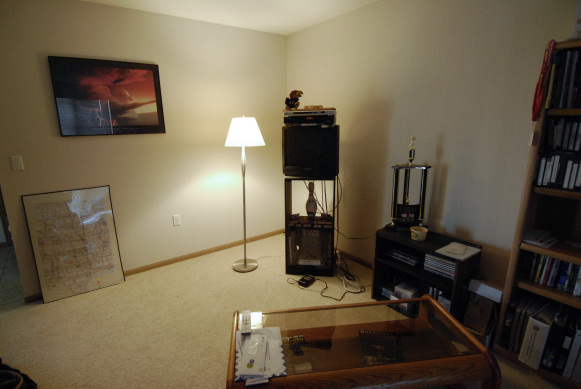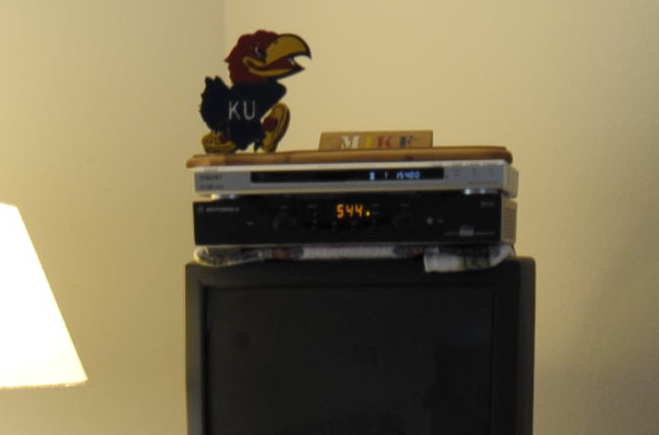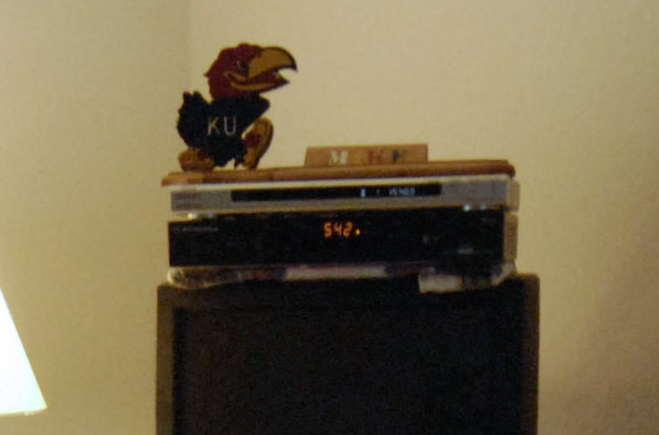All about speed!
Here is an example of two images of the same scene — The first is with the Nikon D3 and the 14-24mm f/2.8 lens at full wide angle. The second image is with the Nikon D200 and the 12-24mm f/4 DX lens, also at full wide angle. The test here is to demonstrate a similar shooting situation in a low lit storm environment and you couldn’t set up a tripod. These are both handheld, both shot at the minimum possible exposure for handheld without getting destructive motion blur (usually the ‘rule of thumb’ for minimum hand-held shutter speed is the reciprocal of the focal length of the shot… i.e. for 14mm lens, about 1/15s exposure). In the two shots, I tried to create the same exact exposure image with "reciprocal of the focal length" shutter speeds:
The two images below are 15% of the full size, embedded JPEG file from the RAW (using DCRaw to retrieve the JPEG)

Nikon D3 with Nikkor 14-24mm f/2.8 @ 14mm. 1/15s, f/2.8, ISO 400.

Nikon D200 with Nikkor 12-24mm f/4 DX lens @ 12mm (18mm virtual focal length). 1/20s, f/4, ISO 1250

This is a 100% crop showing the more detail of the first image with the D3 + 14-24mm f/2.8.

This is a 100% crop showing the more detail of the second image with the D200 + 12-24mm f/4.
Obviously, the first image is much cleaner thanks to the lower ISO. This is due to the lens, not really the camera. The next test in part III will be an ISO side-by-side comparison using the same lens on the D3 and D200. This will give me an idea how far I can push the ISO out in the field to my liking.